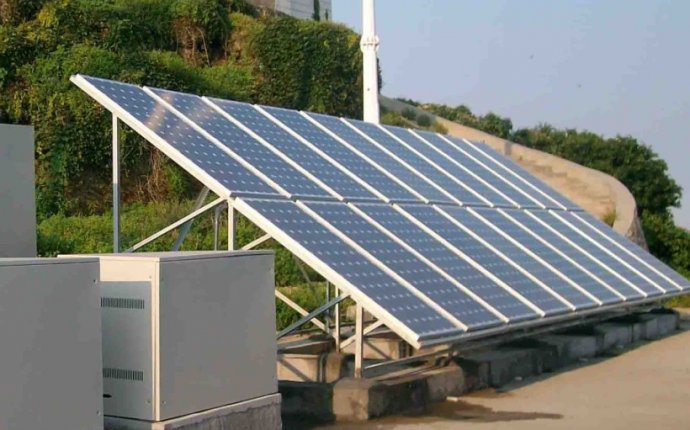
Solar System Panels
Many homeowners install their solar panels on rooftops. If you’re considering doing the same, the amount of usable roof space you have will ultimately determine the maximum number of solar panels it can take. While the sizes of each solar panel varies, most of them are 16 square feet in a rectangular shape. The solar panels are attached to fixed racking systems that sit on your roof, so designs that allow panels to be set in rows on the racking are usually the most cost efficient. Few installers will recommend a design that includes panels in small groups of two or three.
Your rooftop space may be limited by several other things competing for space. Things like dormers, chimneys, vents, roof mounted equipment etc. may take up space making it impossible for your solar panels to have enough space to offset 100% of your annual electricity usage. Your contractor will be able to help identify which obstacles are insurmountable and which can be covered by the racking while still meeting building code requirements.
Across the United States, the average solar panel installation requires about 300 – 400 square feet of space. If your roof doesn’t have enough space available to accommodate the full system, installers often recommend higher efficiency panels that generate more renewable energy per square feet compared to standard panels. These panels may be more expensive, but the added energy they provide will usually make up for the added cost over time. Your installer will be able to provide you savings projections to help identify whether your home would benefit from high efficiency panels.
Solar installers use several different tools for estimating the viability of solar system designs. Installers can combine the data from these tools with aerial imagery to lay out solar system designs on your roof and calculate how much electricity the system will generate.









